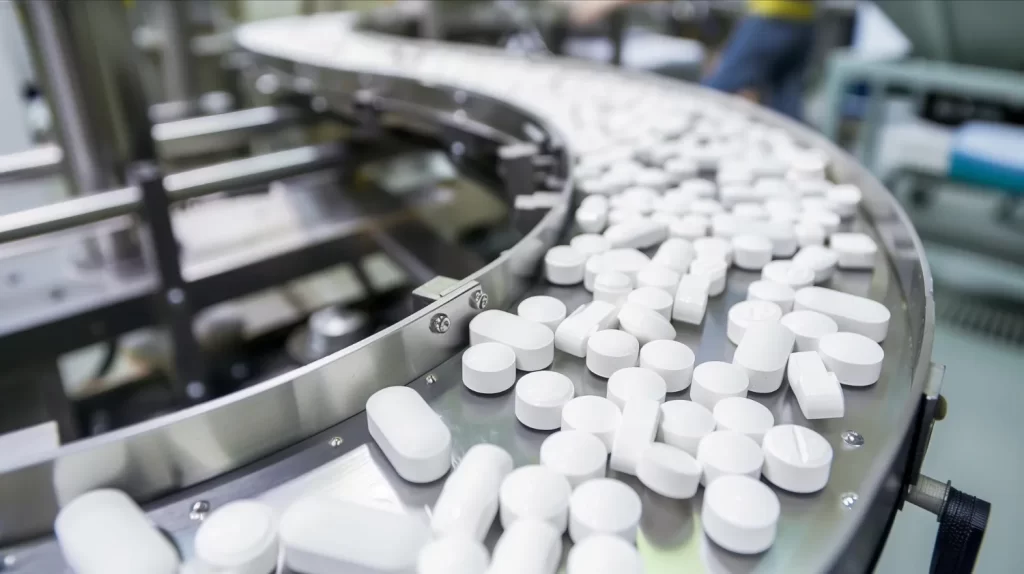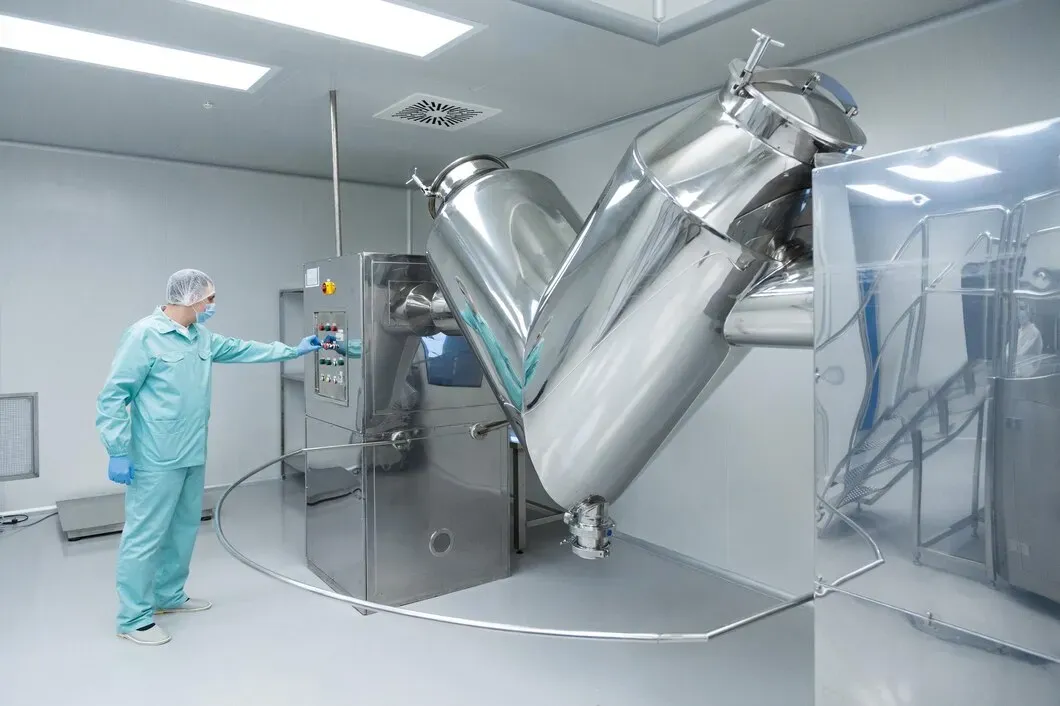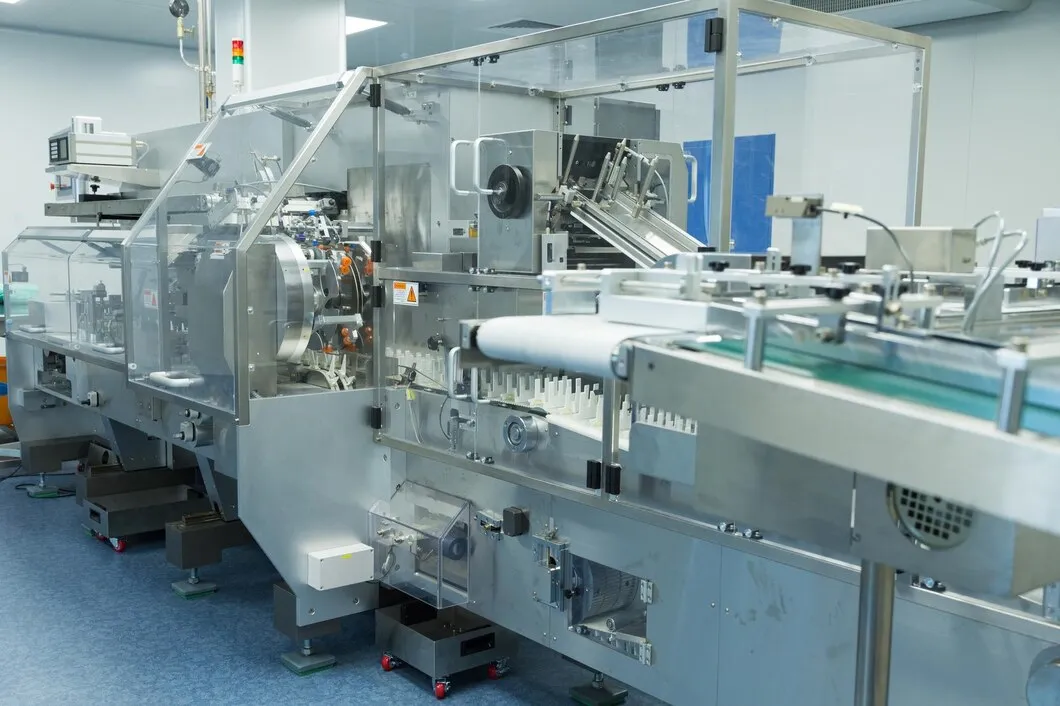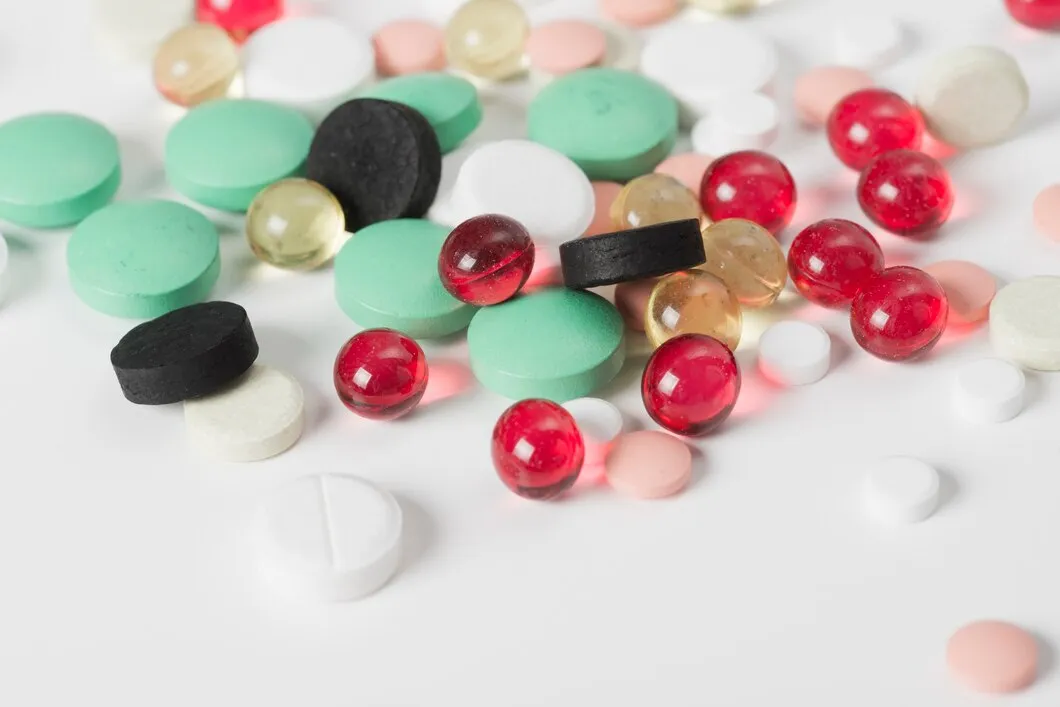Die Pharmaindustrie wächst kontinuierlich, sowohl in Bezug auf den Wert als auch auf ihre globale Reichweite. Neue Medikamente, eine alternde Bevölkerung und steigende Gesundheitsbedürfnisse lassen die Nachfrage jedes Jahr steigen.
In diesem Artikel untersuchen wir den Wert der Branche im Jahr 2025 und die Faktoren, die dieses Wachstum vorantreiben.

Die globale Pharmaindustrie wird im Jahr 2025 voraussichtlich einen Umsatz von $1,21 Billionen erzielen, laut StatistaAllein auf die USA dürften mehr als die Hälfte dieser Summe entfallen, nämlich $660,04 Milliarden, und zwar dank ihrer fortschrittlichen Gesundheitssysteme und hohen Investitionen in Forschung und Entwicklung.
Unter den Therapiebereichen bleibt die Onkologie der umsatzstärkste Sektor. Ihr Marktwert wird für 2025 auf 14 Billionen TP208,86 Milliarden prognostiziert, was einem Wachstum von 7,61 Billionen TP3 gegenüber dem Vorjahr entspricht (Becker's Hospital Review). Weitere leistungsstarke Segmente sind:
Mit Blick auf die Zukunft prognostiziert Statista eine durchschnittliche jährliche Wachstumsrate (CAGR) von 4,771 TP3T von 2025 bis 2029, wodurch der Gesamtumsatz der Branche bis 2029 auf $1,45 Billionen steigen wird.
GLP-1-Medikamente zur Behandlung von Typ-2-Diabetes und Fettleibigkeit sind ebenfalls ein wichtiger Faktor für das aktuelle Wachstum. Der Umsatz mit diesen Medikamenten überstieg 2024 die Marke von 14 Billionen TP1 und dürfte 2025 weiter steigen, da Unternehmen wie Novo Nordisk und Eli Lilly ihre Produktionskapazitäten erweitern, um die weltweite Nachfrage zu decken (Investing News Network).
Der stetige Anstieg der Marktgröße spiegelt die weltweite Nachfrage nach Behandlungsmöglichkeiten für chronische Krankheiten, Innovationen im Bereich Biotechnologie und Spezialmedikamente sowie einen breiteren Zugang zur Gesundheitsversorgung in den Schwellenländern wider.
Mehrere schnelllebige Segmente werden das Wachstum der Pharmaindustrie im Jahr 2025 vorantreiben. Diese Bereiche ziehen die meisten Investitionen an und prägen die Zukunft der Arzneimittelentwicklung.
Gen- und Zelltherapien entwickeln sich zu wichtigen Akteuren auf dem Markt. Diese Behandlungen zielen auf bislang unheilbare Krankheiten ab und bieten neue Hoffnung und ein hohes Umsatzpotenzial.
Bispezifische Antikörper sind ein weiterer Durchbruch. Diese Behandlungen der nächsten Generation zeigen überzeugende Ergebnisse in Studien bei Blutkrebs und Lungenkrebs.
Digitale Therapeutika und Telemedizin erweitern den Zugang der Patienten zu Medikamenten. Unternehmen nutzen Online-Plattformen, um mehr Menschen zu erreichen.
Immunologie Der Markt wächst weiterhin durch Innovationen. Neue Biologika und zielgerichtete Therapien ersetzen veraltete Blockbuster-Medikamente.
Diese wachstumsstarken Segmente verändern die Branche und bewegen sie in Richtung präziserer, technisch unterstützter und personalisierter Behandlungen.
Steigender Marktwert, die Nachfrage nach fortschrittlichen Therapien und der Trend hin zur personalisierten Medizin eröffnen neue Chancen – legen aber auch die Messlatte für Hersteller und Lieferanten höher.
Pharmaunternehmen stehen unter dem Druck, schneller zu wachsen, komplexere Produkte auf den Markt zu bringen und strengere Compliance-Standards einzuhalten. Das bedeutet, dass Produktionslinien flexibler, effizienter und GMP-konform sein müssen.
Für Maschinenlieferanten und Produktionspartner ist die Botschaft klar:
Canaan unterstützt diesen Wandel mit zuverlässigen, leistungsstarken Maschinen, die Pharmaunternehmen helfen, wettbewerbsfähig zu bleiben. Von der Kapselbefüllung bis zur automatisierten Verpackung sind unsere Systeme auf die Anforderungen der modernen Pharmaproduktion ausgelegt.
Das Wachstum der Pharmaindustrie im Jahr 2025 ist nicht nur eine Frage der Zahlen – es spiegelt einen globalen Wandel in der Bereitstellung, Nutzung und Weiterentwicklung der Gesundheitsversorgung wider. Für Hersteller und Zulieferer bedeutet dies, schnell zu handeln, klug zu investieren und die regulatorischen und marktbezogenen Anforderungen zu erfüllen. Gewinner in diesem Bereich werden diejenigen sein, die Qualität, Effizienz und Anpassungsfähigkeit vereinen.
Canaan ist hier, um diese Reise zu unterstützen –mit Maschinen Und Lösungen Gebaut für die Zukunft der Pharmaindustrie.




Bevor ein Medikament einen Patienten erreicht, beginnt es im Labor. Dort werden Formeln getestet, Chargen geprüft und die Qualität bestätigt oder hinterfragt. Um diese Arbeit ordnungsgemäß durchführen zu können, benötigen Labore die richtige Ausrüstung – Werkzeuge, die nicht nur ihre Aufgabe erfüllen, sondern auch präzise arbeiten. Wenn Sie für die Durchführung oder […] verantwortlich sind,

Blisterverpackungen sind in der Pharmaindustrie allgegenwärtig – von Tabletten über Kapseln bis hin zu Probepackungen. Sie schützen das Produkt, verlängern die Haltbarkeit und verbessern die Patientensicherheit. Für Hersteller ist Blisterverpackung jedoch mehr als nur eine Verpackung – sie ist ein System, das auf Geschwindigkeit, Präzision und Konformität ausgelegt ist. Wenn Sie in der Pharmaproduktion oder im Verpackungseinkauf tätig sind, erfahren Sie hier alles Wissenswerte über Blisterverpackungen […]

Wenn Sie sich für die Darreichungsform eines Arzneimittels oder Nahrungsergänzungsmittels entscheiden, beeinflusst die gewählte Darreichungsform – flüssige Gele oder Tabletten – mehr als nur das Aussehen. Sie beeinflusst die Herstellung, die Aufnahmegeschwindigkeit, die benötigte Ausrüstung und das Endverbrauchererlebnis. Manche Wirkstoffe wirken besser in […]